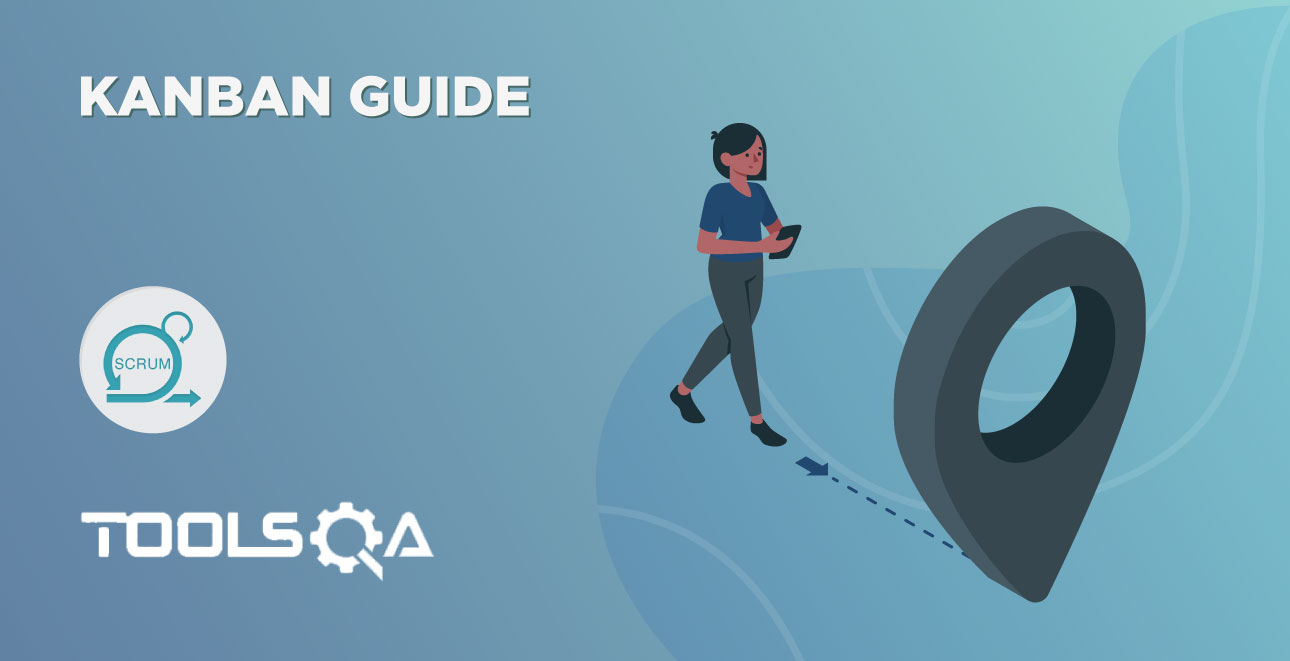In this article, we will try to understand why Agile Methodology is required? What are the advantages of using Agile methodology and how it works? We will also try to gain an in-depth understanding of various types of agile methodology.
Let’s get started.
Why Agile Methodology?
In industries like car or bike manufacturing, food packaging, construction, etc., there is one standard procedure that they follow. That procedure is defined after years of research and is perfect for them. However, that is not the case for most of the industries because of changing corporate environments, changing customer demands, and continuously changing markets. It was not possible to follow one standard procedure for software development needs.
There are three simple truths about any project that we regularly notice in software delivery projects-
- It is not possible to get all customer requirements at the beginning of the project.
- Whatever requirements we have got are to be changed or modified.
- There is always scope for more than what time and money allow.
These three were the major factors that we could not follow the standard traditional methods for all software development.
Once we accept these truths, much of the stress related to software development disappears. And we can then think and innovate with a new level of focus and clarity and always remember “there is no one specific way/model”. Agile believes in getting things done quickly and accurately; all that matters is delivering working software at the end of each iteration.
Agile methodology believes in trusting your employees and team and letting them work directly with the customer to understand their goal and provide them solutions directly in a fast and incremental way.
Advantages of Agile Methodology

It's Faster-
Traditional software development relied on phases like noting down the requirements, planning, design, building, testing, and delivery. Agile methodology, by contrast, looks to deploy the first increment in a couple of weeks and the entire piece of software in a couple of months.
Better Communication-
Agile teams within the business work together daily at every stage of the project through face-to-face meetings. This collaboration and communication ensure that the process stays on track, even in changing conditions.
Continuous Feedback-
Rather than waiting until the delivery phase to gauge success, teams are leveraging Agile methodology to track the progress and speed of the development process regularly. Once each increment is delivered, the velocity is measured.
Transparency-
Agile teams and employees are self-organizing. Rather than following a manifesto of rules from management intended to produce the desired result, they understand the goals and create their path to reach them.
Flexible-
Participants tune and adjust to the process continually, following the KIS or Keep It Simple principle. They take things how they come and include them in the next iteration.
What Agile consists?
The agile model refers to a group of development processes. These processes may share some characteristics but do not have specific subtle differences among themselves.
There are several Agile methodologies; they all share similar philosophies, characteristics, and practices. However, from the point of implementation, each agile method has its practices, terminology, tactics, and constraints.
It’s the same as in any pizza shop every pizza is different from one another. Some are vegetarian; some are non-vegetarian. Toppings for each pizza would be different from others. Even in vegetarians only they have varieties like, they would use any toppings from Jalapenos, peppers, mushrooms, corn, olives, onion, spinach, sun-dried tomatoes, baby corn and a lot more. In some, they may use all the toppings, and in some, they may use some of them. Seasoning in each pizza would be different from other, crust of each pizza may differ.
But what matters is the making procedure that is followed to make pizza and material and tools used. It makes the pizza taste best every time and maintain consistency.
So, in short, we can say that just like in an ice-cream, there is no best flavor, there is no ultimate flavor of Agile.
Agile works by first admitting that the old “waterfall” method of software development leaves a lot to be desired & that the process of “plan, design, build, test, deliver”, works okay in the manufacturing industry but not too well for creating software systems. In a business environment where hardware, demand, and competition are all swiftly-changing variables, Agile works by walking the fine line between too much process and not enough.
Types of Agile Methodology
Some of the leading agile software development methodology components include:
- Scrum
- Lean Development
- Kanban
- Dynamic System Development Method (DSDM)
- Crystal Methodology
- Extreme Programming
- Feature Driven Development (FDD)
Want to have an in-depth understanding of each methodology? Just click on the name of methodology and it will take you to the required page.
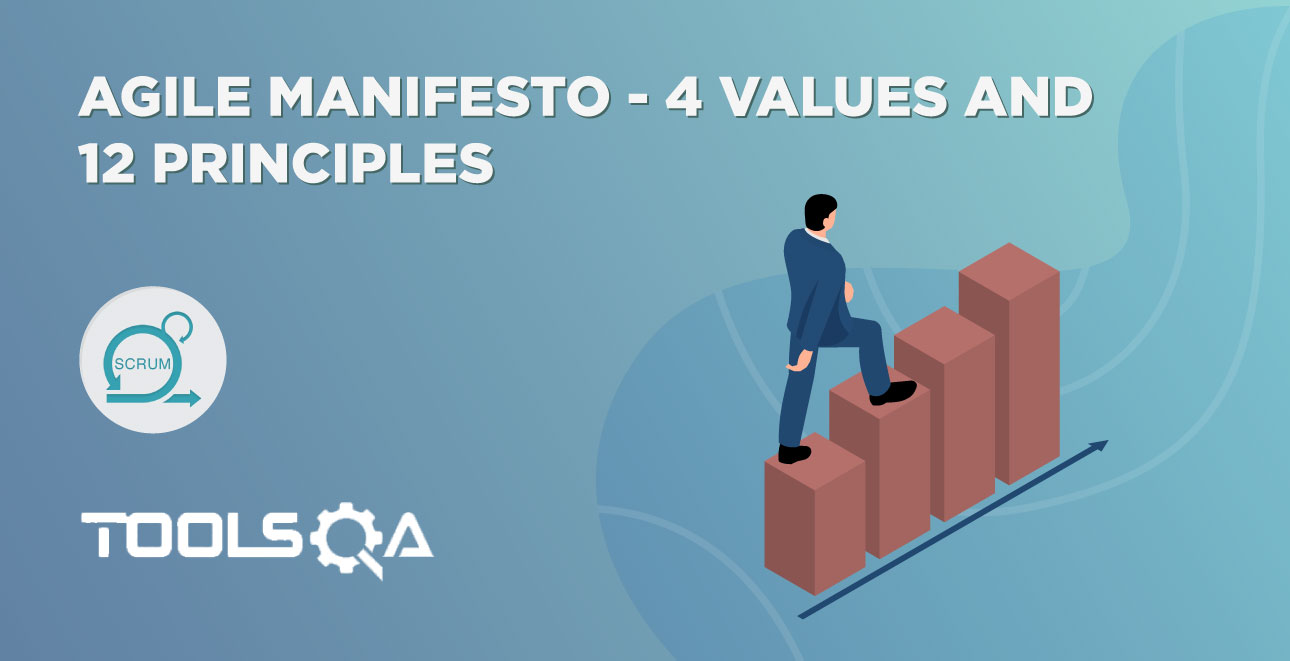
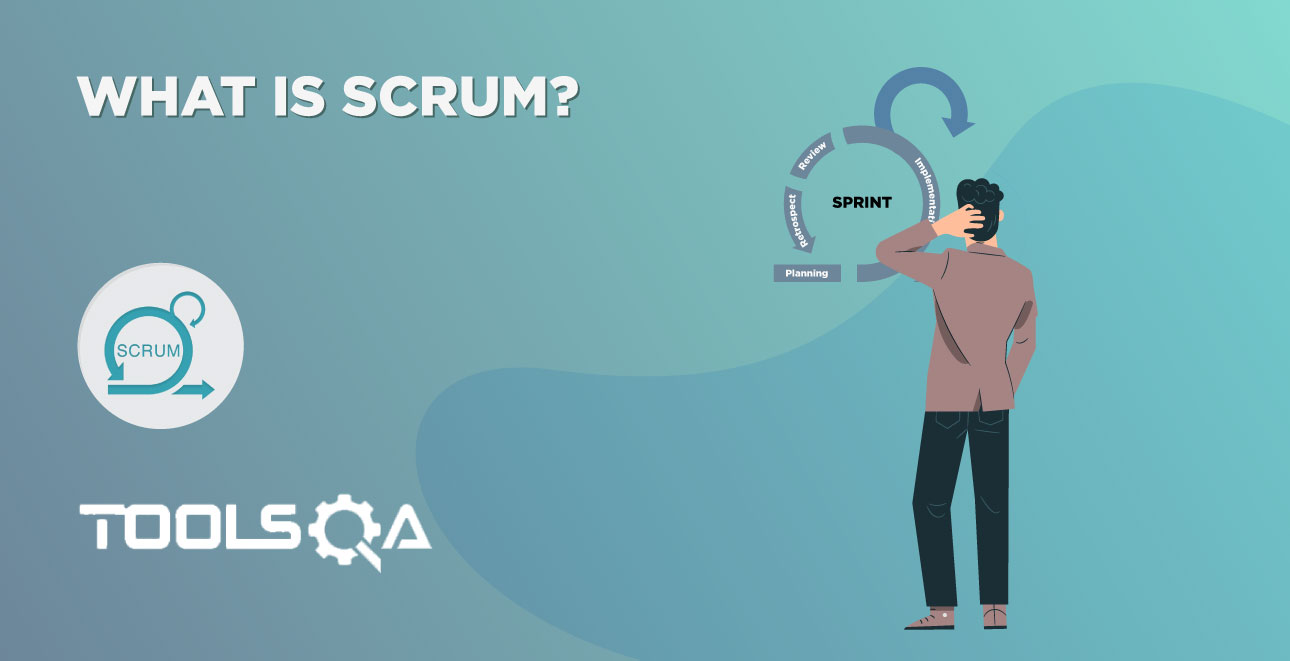


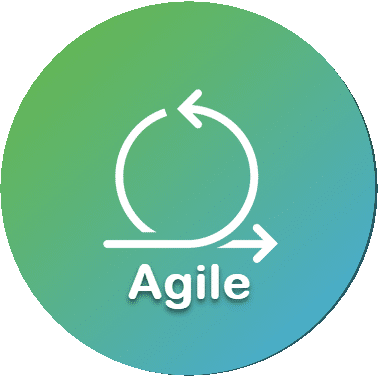

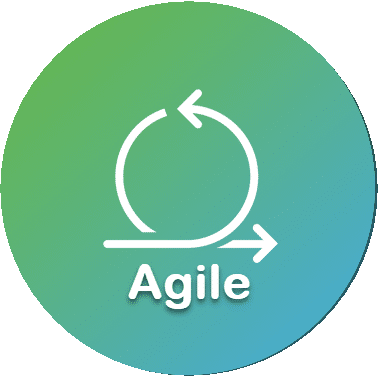

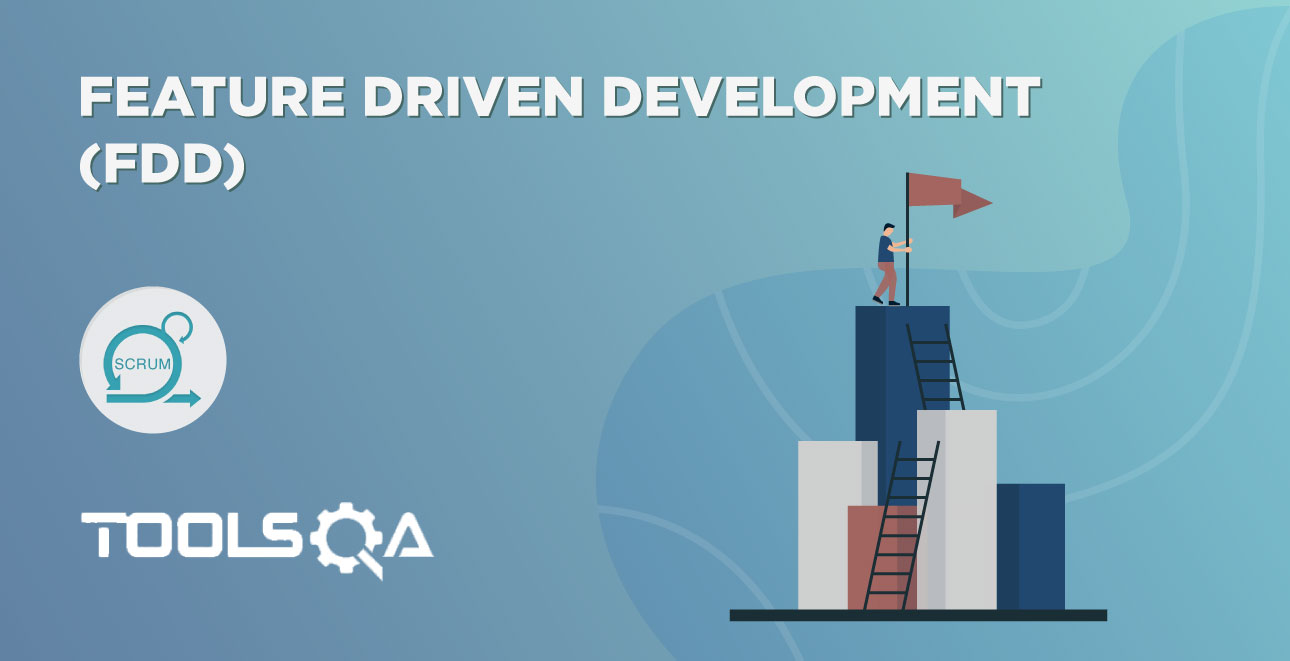
![Lean Software Development - Comprehensive Guide [2019]](/gallery/Agile - Scrum/Lean-Development.jpg)

![DSDM : A Step-by-Step-Guide [2019]](/gallery/Agile - Scrum/DSDM-Guide.jpg)

